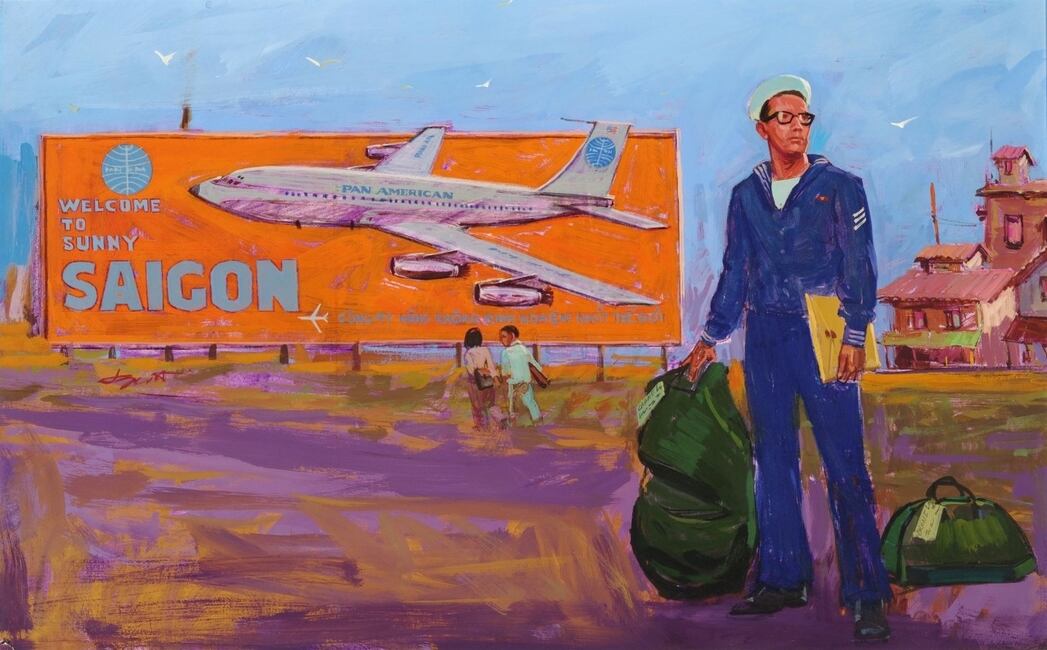On the night of May 8, 1972, President Richard Nixon was preparing for a major TV speech.
He wanted to communicate his dissatisfaction with the leaders of North Vietnam and their allies, especially the Soviet Union.
The speech also had a more militarily important purpose: to announce an operation that would hasten the end of a war that had been waged by U.S. combat troops for almost 10 years.
Nixon, dressed in a blue suit and holding a large wad of paper, began the speech in a calm tone, with pauses between declarations: “Good evening. Five weeks ago, on Easter weekend, the communist armies of North Vietnam launched a massive invasion of South Vietnam, an invasion that was made possible by tanks, artillery and other advanced offensive weapons supplied to Hanoi by the Soviet Union and other communist nations.”
After those opening words, the speech included a long stretch full of justifications for an action Nixon would announce eight minutes later — an operation to drop mines in Haiphong Harbor and other major North Vietnamese ports that were entryways for the military supplies, mainly from the Soviets, that supported the communist war effort.
At that point in the war, a massive U.S. troop withdrawal was nearing its conclusion.
By then, only two U.S. combat brigades remained in Vietnam — the 196th Light Infantry Brigade around Da Nang and the 3rd Brigade, 1st Cavalry Division (Airmobile), near Saigon.
Meanwhile, the South Vietnamese were increasingly uncertain and tense about their country’s future.
The goal of Hanoi’s Easter Offensive, begun on March 30, 1972, was to overrun South Vietnam through a conventional military campaign with tanks and artillery while U.S. forces were winding down.
Finally, Nixon reached the climax of his narrative.
“There’s only one way to stop the killing,” he said. “That is to keep the weapons of war out of the hands of the international outlaws of North Vietnam…. I have therefore concluded that Hanoi must be denied the weapons and supplies it needs to continue the aggression. In full coordination with the Republic of Vietnam I have ordered the following measures, which are being implemented as I am speaking to you.
“All entrances to North Vietnamese ports will be mined to prevent access to these ports and North Vietnamese naval operations from these ports. United States forces have been directed to take appropriate measures within the internal and claimed territorial waters of North Vietnam to interdict the delivery of any supplies.
"Rail and all other communications will be cut off to the maximum extent possible. Air and naval strikes against military targets in North Vietnam will continue.”
Nixon explained to his audience that those measures were not aimed at other nations. Indeed, the United States would wait three days before it activated the planted mines in North Vietnam’s harbors so the foreign ships currently there would have time to leave safely.
Only after that period, would the mines be activated and become a threat to any ships navigating North Vietnamese waters.
That speech was the start of Operation Pocket Money.
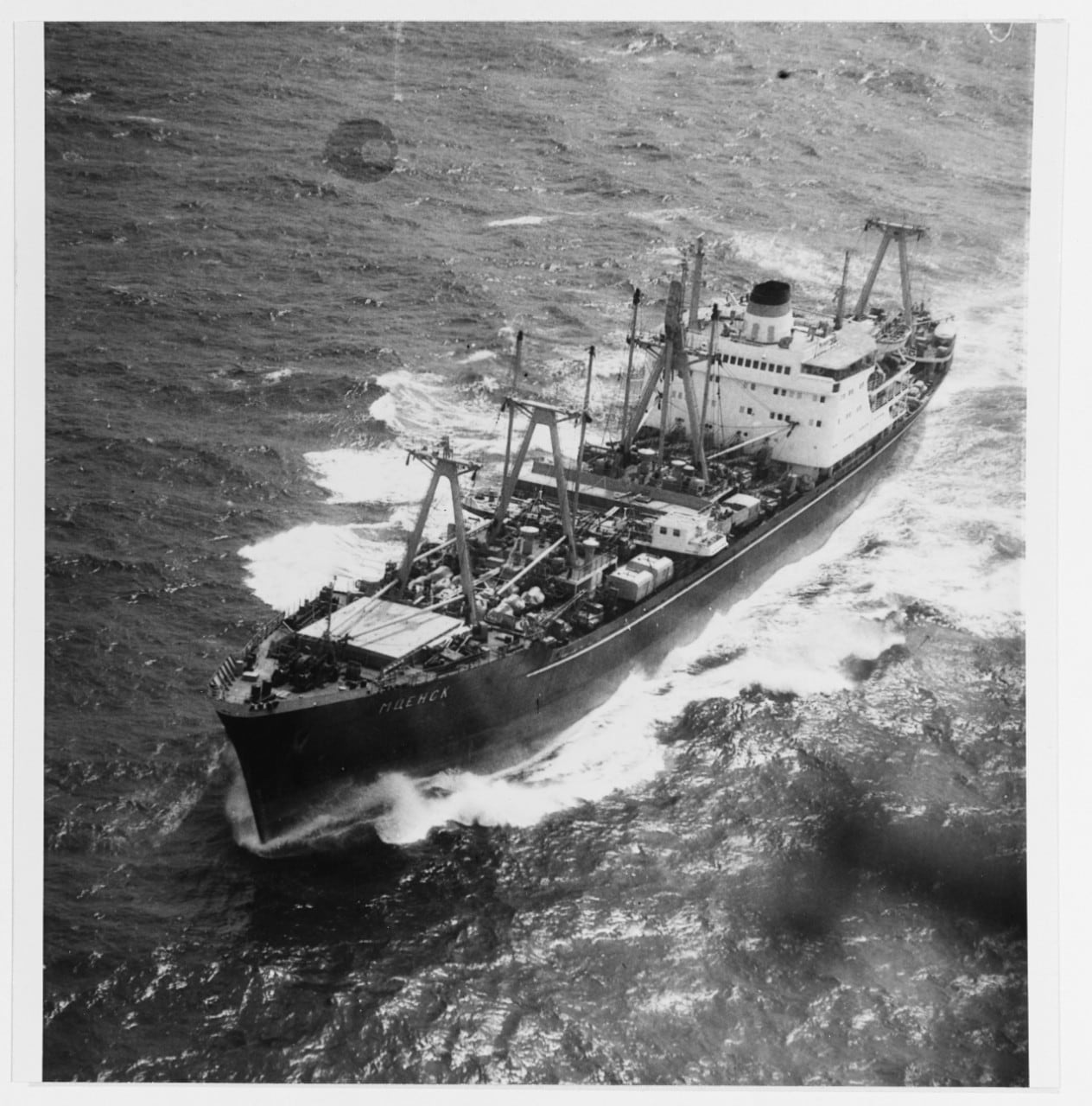
As Nixon announced the measures being taken against North Vietnam’s ports, the calm pauses in his presentation had a strategic reason.
They were timed to coincide with the takeoff of fighters, attack aircraft and surveillance planes conducting airstrikes while Nixon was still speaking.
The aircraft chosen to carry out Operation Pocket Money were the A-7E Corsair II and A-6A Intruder attack planes based on the aircraft carrier Coral Sea, which was stocked with airborne sea mines.
The Coral Sea, part of the U.S. 7th Fleet’s Task Force 77, was positioned at Yankee Station, an area of the South China Sea where the Navy launched attacks on North Vietnamese targets.
Nixon’s May 8 speech aired at 9 p.m. Eastern Daylight Time, which was 9 a.m. May 9 in Vietnam.
Hours earlier, a burst of activity had begun among Navy crews responsible for armament, fuel and aircraft maintenance on board the Coral Sea. From the carrier’s lower deck crewmen were preparing mines to be attached to Operation Pocket Money’s aircraft.
The weapons were Mark 52-2 naval mines—magnetic mines that lie on the bottom of the sea, triggered to detonate when a metal-hulled ship passes over them and causes an alteration in the Earth’s magnetic field, which the mines can detect. The mines would be released at ports under Hanoi’s control and form a strong barrier at the entrances of key harbors.
Mineman 2nd Class Robert D. Gill was one of four sailors with his rating on board the Coral Sea. They worked in the bomb assembly division with aviation ordnance men, and “12 hours a day was the norm,” Gill remembers.
In February he was put in charge of the mine assembly team.
“After a 14-hour day I was called up to Ordnance Control,” Gill said. “I walked into the area where the captain of the USS Coral Sea, other officers and chiefs were waiting for me. I was told we had about three dozen Mk 52 underwater mines that had to be assembled in Alpha condition.
“I said: ‘Are you sure you want Alpha condition?’” — which meant the mines would be live and ready to go.'”
“It was very rare,” he continued. “I couldn’t believe it. They handed me a bunch of papers with settings, limits and other info I needed. I would end up working about 44 hours straight to get this done ASAP.”
In the naval mines put together by Gill’s team, an arming device that activated the dropped mines was set for a three-day delay.
“I didn’t know where they were going until the captain announced that President Nixon went on TV to say what this was all about,” the petty officer said.
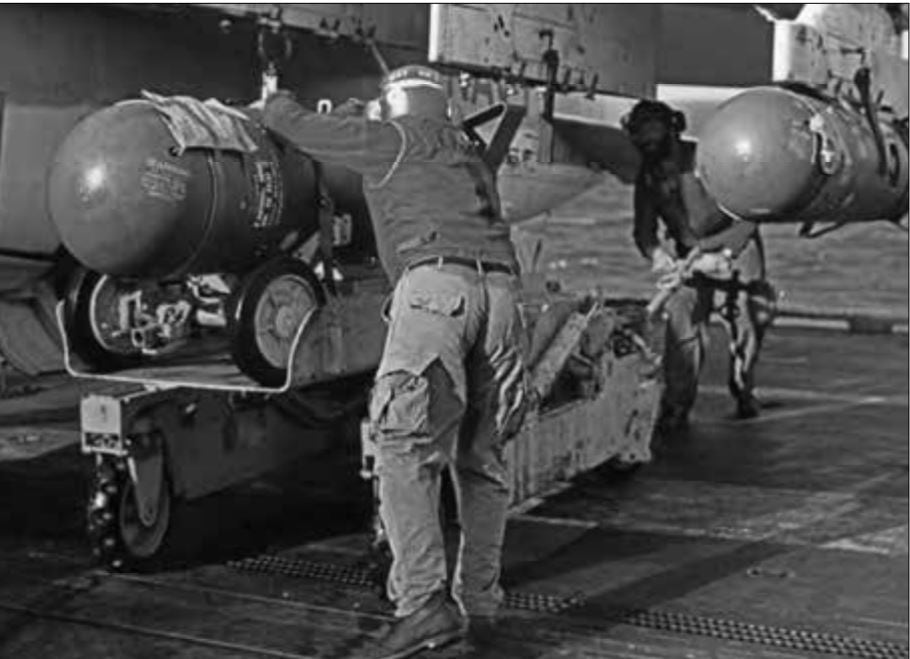
Nine aircraft were prepared for the mission — three Corsairs from the Fighting Redcocks of Attack Squadron VA-22, three from the Mighty Shrikes of VA-94 and three Intruders from the Fighting Bengals in All Weather Attack Squadron VMA (AW) -224, a Marine Corps unit.
Each aircraft received four 1,000-pound Mk 52 mines.
Some mines were outfitted with special fins and semi-spherical aerodynamic covers in their front sections to reduce drag on the aircraft during flight and improve stability during the mine’s fall.
However, only a few aerodynamic kits were available in the carrier, so some aircraft would have to take off with additional drag.
The armed, fueled and waiting attack fighters received the order for Operation Pocket Money’s takeoff at 8:10 a.m., May 9.
The mission had been kept in absolute secrecy until that moment.
There were 10 launches in sequence. Accompanying the nine attack aircraft carrying the mines was an EKA-3B Skywarrior of the Black Ravens of Electronic Attack Squadron VAQ-135, an electronic warfare plane capable of jamming enemy radar.
The attack would take place exactly at 9 a.m. The mines would be planted at the same time that Nixon was talking about them on live national TV.
To synchronize the speech and the attack, the planes took off and circled the Coral Sea until the moment calculated to head to the target.
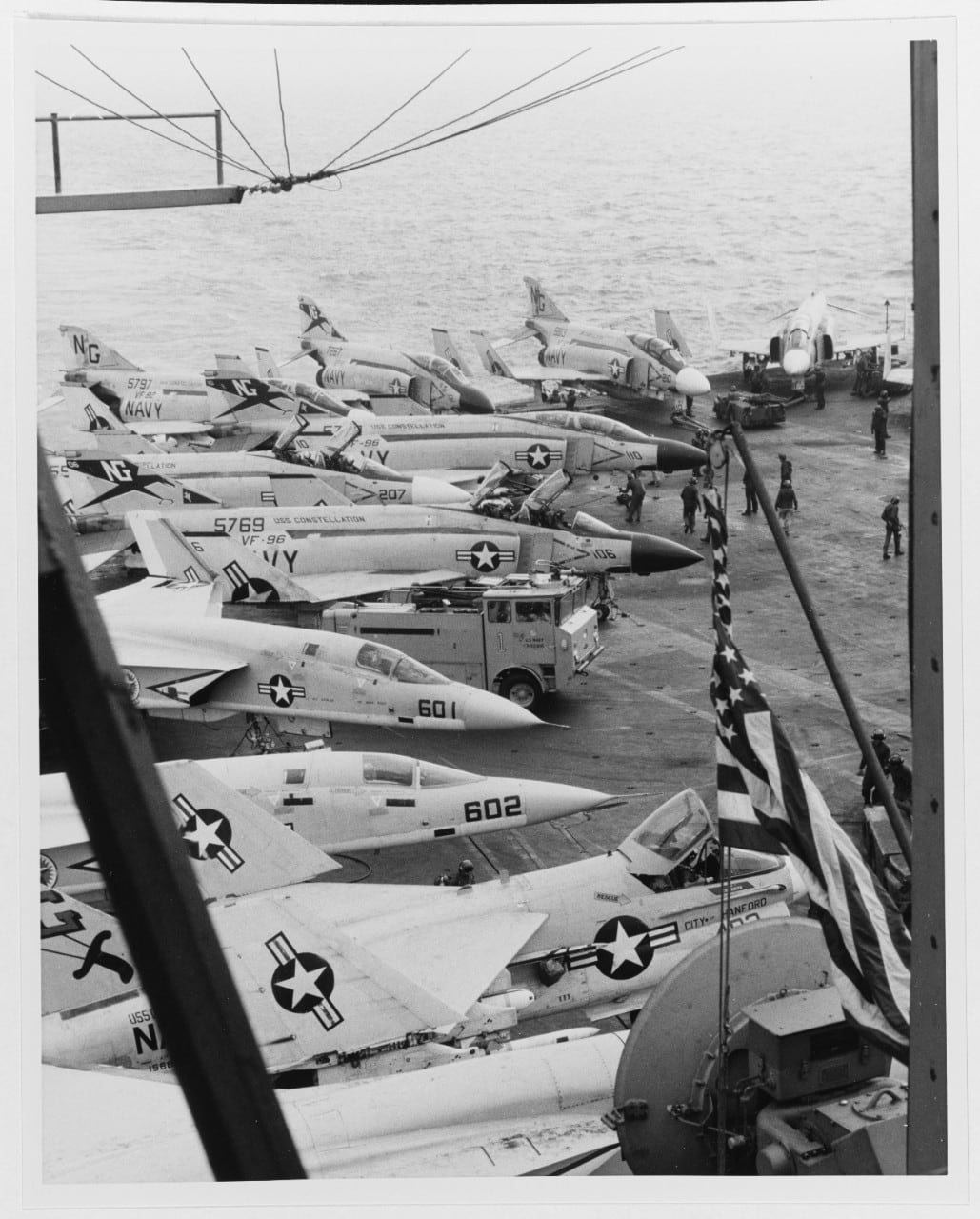
For two weeks Nixon had been reluctant to implement the mining option. At the outset of the communist Easter Offensive, the balance of forces favored the North.
Quang Tri in northern South Vietnam had fallen on May 1, and other important cities, such as Pleiku and Kontum in the Central Highlands, were under siege.
An Loc, only about 60 miles north of Saigon, was partly in the hands of the North Vietnamese Army, and Hue, near the North-South border, was seriously threatened.
It was time for a strong U.S. response, but there was concern — not unfounded — that mining Haiphong and other harbors could escalate the war.
Those ports were filled with ships of Hanoi’s allies, most notably Moscow and Beijing, and had previously been considered off-limits, even though North Vietnam received almost 90 percent of its warmaking materiel through Haiphong.
Both Hanoi and Haiphong had been spared total annihilation essentially for an overriding political reason: the fear of provoking military intervention by the Soviet Union and — as happened in the Korean War in 1950 — communist China.
The Navy’s report on Operation Pocket Money indicated that Haiphong received about 400 ships annually. Some 4,000 tons of supplies went in and out of the port daily, far more than were brought into North Vietnam by land from China using two railroads and eight conventional roads.
The policy of sparing the North’s ports was not popular with some American strategists who argued that mining Haiphong was essential strategic leverage on communist leaders.
Adm. U.S. Grant Sharp Jr., commander in chief of the U.S. Pacific Command 1964-68, addressed the issue in his 1986 book Strategy for Defeat: “Haven in Haiphong. Of all the things we should have done but did not do, the most important thing was to neutralize the port of Haiphong.”
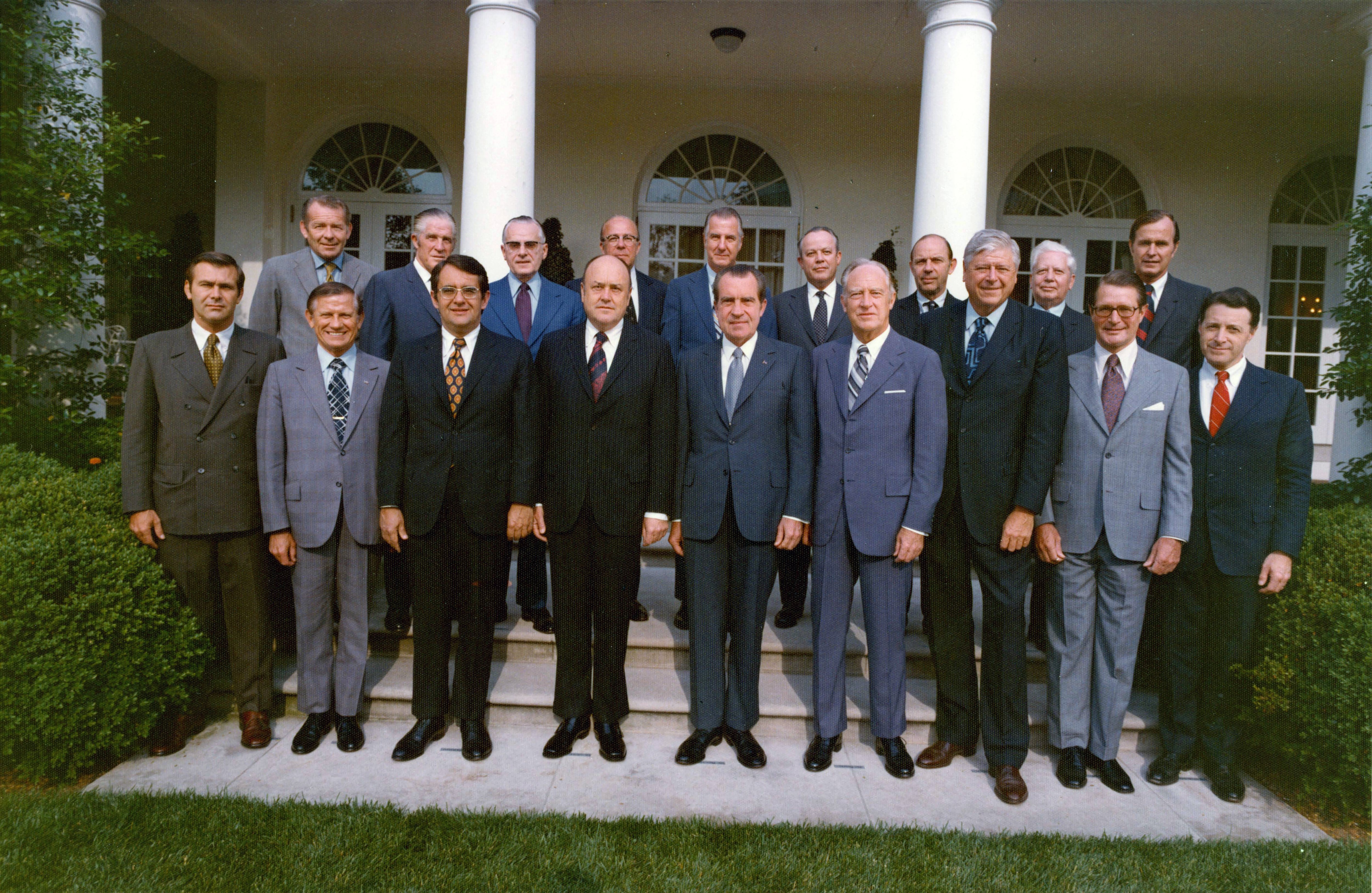
In Nixon’s mind, strong action against the North’s ports was a matter of national honor.
Even though Hanoi had been warned throughout the war of the consequences of crossing the Demilitarized Zone separating North and South Vietnam, Northern forces deliberately made the crossing in March 1972.
Not responding would, in Nixon’s view, be an affront to American credibility. In a memorandum to Secretary of State Henry Kissinger, the president wrote: “I have determined that we should break it down. … We must punish the enemy.”
The harbor mining decision was made by Nixon during a meeting of the National Security Council on May 6, 1972, and the speech was set for three days later, giving U.S. naval strategists and Mineman 2nd Class Gill’s team on the Coral Sea very little time to refine the details and prepare the operation for execution.
The mining mission, not by accident, fell in the lap of one of the most experienced aviators in the U.S. Navy: Cmdr. Roger “Blinky” Sheets, commander of Carrier Air Wing 15 and a veteran of nearly 300 combat missions.
He had taken command shortly after the air wing’s former leader, Cmdr. Thomas E. Dunlop, was shot down and killed by an anti-aircraft missile on April 6.
Sheets and Cmdr. Leonard E. Giuliani, executive officer of the VA-22 Corsair squadron, selected the air crew for the Haiphong attack.
When naval officer Sheets became wing commander, he chose Marine squadron VMA(AW)-224 as his “home” to elevate the morale of the Marine air crews. He picked a young Marine captain, William D. “Charlie” Carr, as his bombardier/navigator.
Operation Pocket Money was not their first mission together, but it would certainly be the most memorable one as they participated in one of the landmark events of the air war over Southeast Asia.
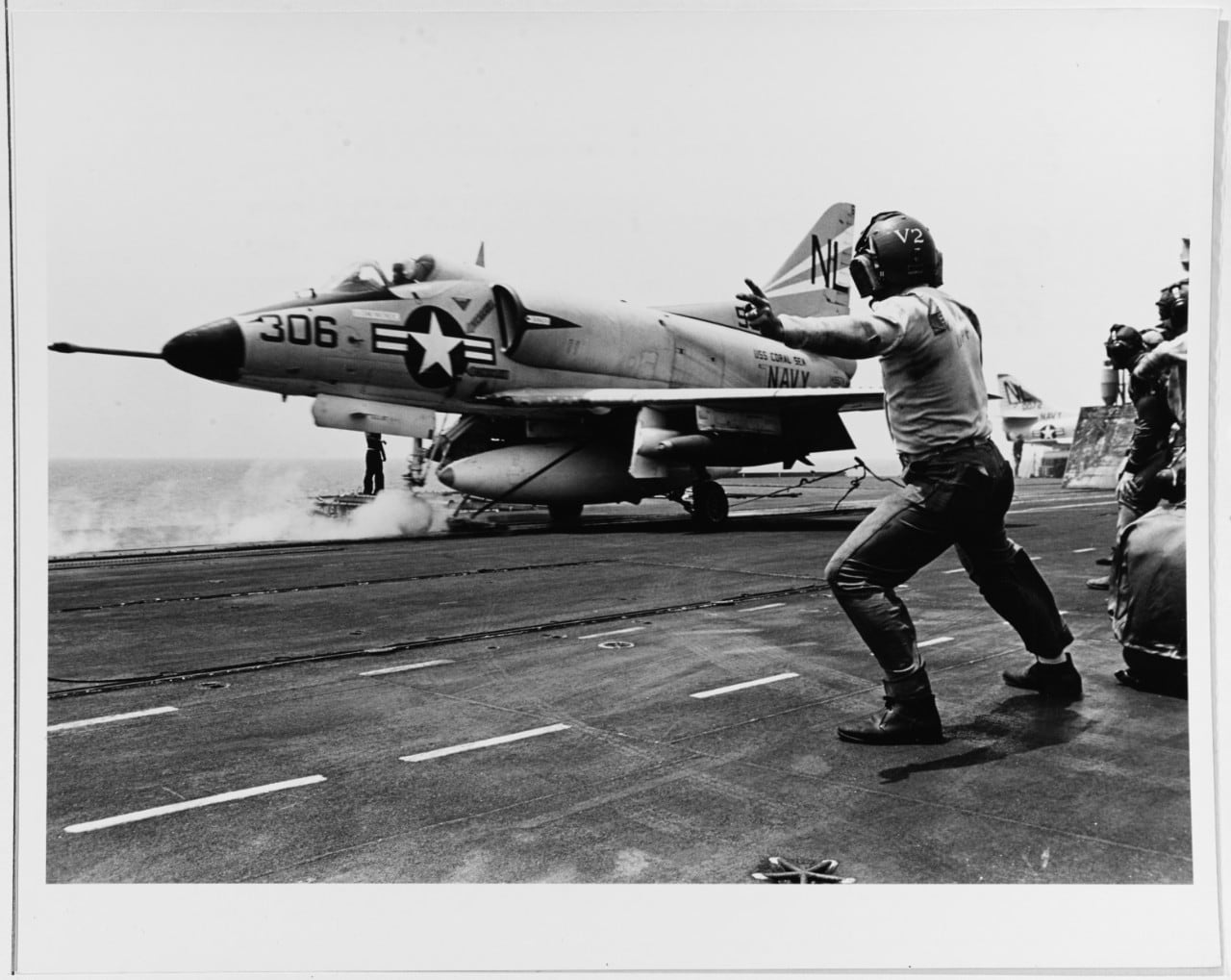
The Mk 52 magnetic mines were parachute-braked, purposely chosen because they would be more effective against large-hulled oceangoing merchant ships and had the most advanced delayed-activation system in the Navy inventory.
The selection of the Mk 52, however, put the operation’s planes at risk because it increased their vulnerability to North Vietnam’s MiG fighters and ubiquitous anti-aircraft artillery defenses.
The A-6 and A-7 aircraft would be forced to fly low and slow. They flew low, below 500 feet, to reduce the chances of contact with high-flying enemy MiG fighters and to stay below the tracking system of land-based radar. The slowness came from the large size and high-drag characteristics of the mines they were toting.
But the Mk 52 mine did have a big benefit. Once the operation achieved its goal, that mine was the best option for future deactivation so ships could again pass through the ports without fear.
The order for the Coral Sea’s circling aircraft to head to Haiphong was given at 8:40 a.m., with Sheets, as “Vulture 1 Alpha,” leading the three Marine Intruders, and Giuliani leading the six Navy Corsairs.
The EKA-3B Skywarrior, an electronic warfare plane, was launched from the carrier. At the same time, a four-engine EC-121 Warning Star, specializing in electronic surveillance, took off from Da Nang.
While the aircraft bound for Haiphong were taking off from the Coral Sea, attack sorties of 17 Intruders were launched from the aircraft carrier Kitty Hawk, 20 miles to the southeast, to strike railway lines at Nam Dinh and distract attention from the harbor mining operation.
Due to bad weather over Nam Dinh, the planes went after secondary ground targets at Thanh Hoa and Phu Qui.
The land targets were hit at 8:45 a.m., moving the enemy’s focus away from what would happen moments later on the North Vietnamese coast.
The threats from the North Vietnamese MiG fighters and the dense air-defense network around Haiphong were the U.S. pilots’ primary concern during the mining mission. To mitigate those threats, guided missile cruisers Chicago, Long Beach and Sterett were positioned between Haiphong and the Coral Sea.
Another naval group consisted of the destroyer/guided-missile destroyers Berkeley, Myles C. Fox, Richard S. Edwards and Buchanan, which attacked batteries of anti-aircraft missiles and artillery in the Do Son peninsula, about 6 miles west of Haiphong.
They hit the enemy batteries with more than 900 5-inch projectiles between 8:25 and 8:55 a.m., shortly before the American attack planes arrived.
At 8:49 a.m., the radar screen on the Chicago plotted three MiGs, which had taken off from the the Phuc Yen air base near Hanoi and were flying toward Sheets’ squadron. The ship promptly fired two RIM-8 Talos missiles.
One hit a MiG at 8:52 a.m; it caught fire and fell. The other two fighters turned and withdrew. The Do Son air-defense site fired three surface-to-air missiles, but none hit U.S. aircraft.
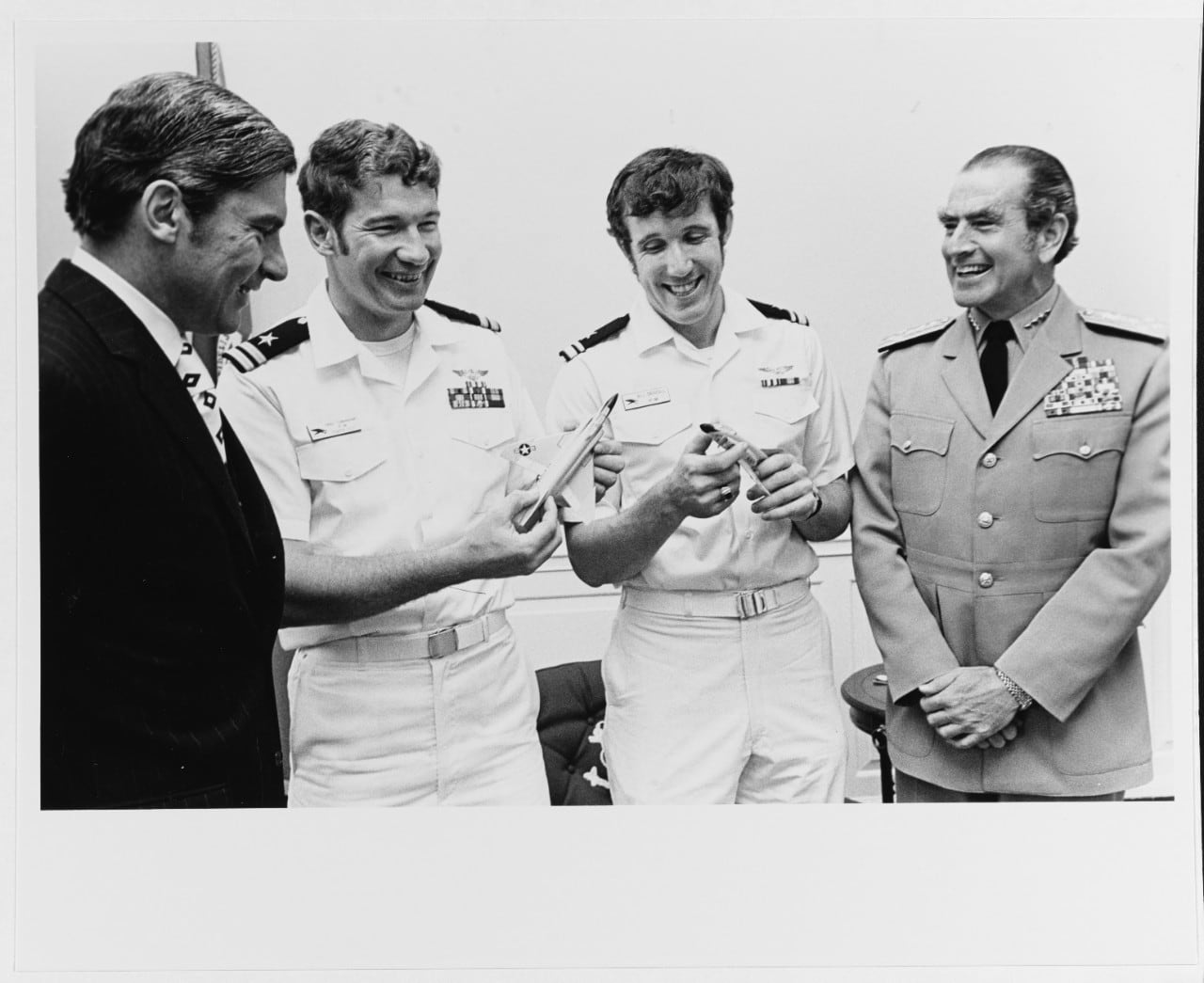
The Intruders of VMA(AW)-224 proceeded into the channel from the southeast, while the Corsair IIs from VA-22 and VA-94 headed for Haiphong’s outer harbor, flying from the east.
The first mines were dropped from Sheets’ Intruder at 8:59 a.m., just as Nixon was starting his speech. One of the Corsair pilots missed the launching point for releasing his Mk 52 mines, but he turned and dropped the mines in a pass from the opposite direction.
Exactly at 9:01 a.m., when the 36 mines were in Haiphong’s waters, Sheets reported the completion of the mission to Adm. Howard E. Greer on the Coral Sea. Greer contacted the White House, which immediately signaled Nixon — who by then was speaking live — to inform him about the end of the Haiphong mining action and the aircrafts’ turn back toward the carrier.
The U.S. aircrews had placed 12 mines in the inner section of the port and 24 outside.
After the Haiphong mining, the port was closed for 327 days. Haiphong was the only harbor mined on May 9, but beginning on May 11 mines were dropped and activated at 10 other ports: Thanh Hoa, Dong Hoi, Vinh, Hon Gai, Quang Khe, Cam Pha, Cua Sot, Cap Mui Ron, Cua Day and Cua Lac Giang.
Nine ships took advantage of Nixon’s three-day warning and left Haiphong, while 27 vessels remained in the harbor for nearly a year.
On Aug. 4, 1972, an aircraft belonging to Task Force 77 sighted between 20 and 25 explosions in an area previously mined near Hon La, an island off the coast of North Vietnam. The explosions were sporadic and occurred within a period of about 30 seconds.
An additional 25 or 30 “mud spots” were seen by other aircraft, indicating that more explosions had occurred. Also, several destroyers in the region reported that they detected shock waves.
There was seemingly no reason for the multiple explosions since no sea traffic was in the area.
Several possible reasons were considered but dismissed by the Navy, which decided at the time that the most plausible culprit — and the one now accepted after additional research— is a huge solar storm that struck in early August, causing variations in the Earth’s magnetic fields and detonating the mines.
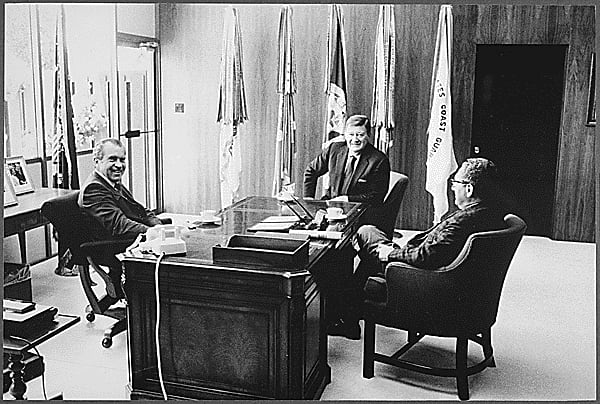
Hanoi felt the immediate huge drop in supplies and armament, as its entry doors closed.
The mining action, along with the bombing campaigns of operations Linebacker I (May 10-Oct.23, 1972) and Linebacker II (Dec. 18-29, 1972), was a key reason that North Vietnam agreed to negotiate a peace deal in Paris.
The mining continued until January 1973 as part of both the Pocket Money and Linebacker operations. About 5,200 Mk 52 and Mk 36 Destructor acoustic (sound-activated) mines were seeded in Pocket Money. About 6,500 Destructor mines were dropped during Linebacker flights.
The last of the approximately 11,711 mines were dumped near Vinh, about 150 miles south of Hanoi, by an Intruder of the VA-35 Black Panthers from the aircraft carrier America on Jan. 14, 1973.
The peace treaty was signed Jan. 27.
During all eight months of the mining campaigns, only one aircraft was lost. A Corsair of the VA-113 Stingers, based on the aircraft carrier Ranger and piloted by Navy Lt. Philip Spratt Clark Jr., was destroyed on Dec. 24, 1972, during a mining action.
Clark was killed.
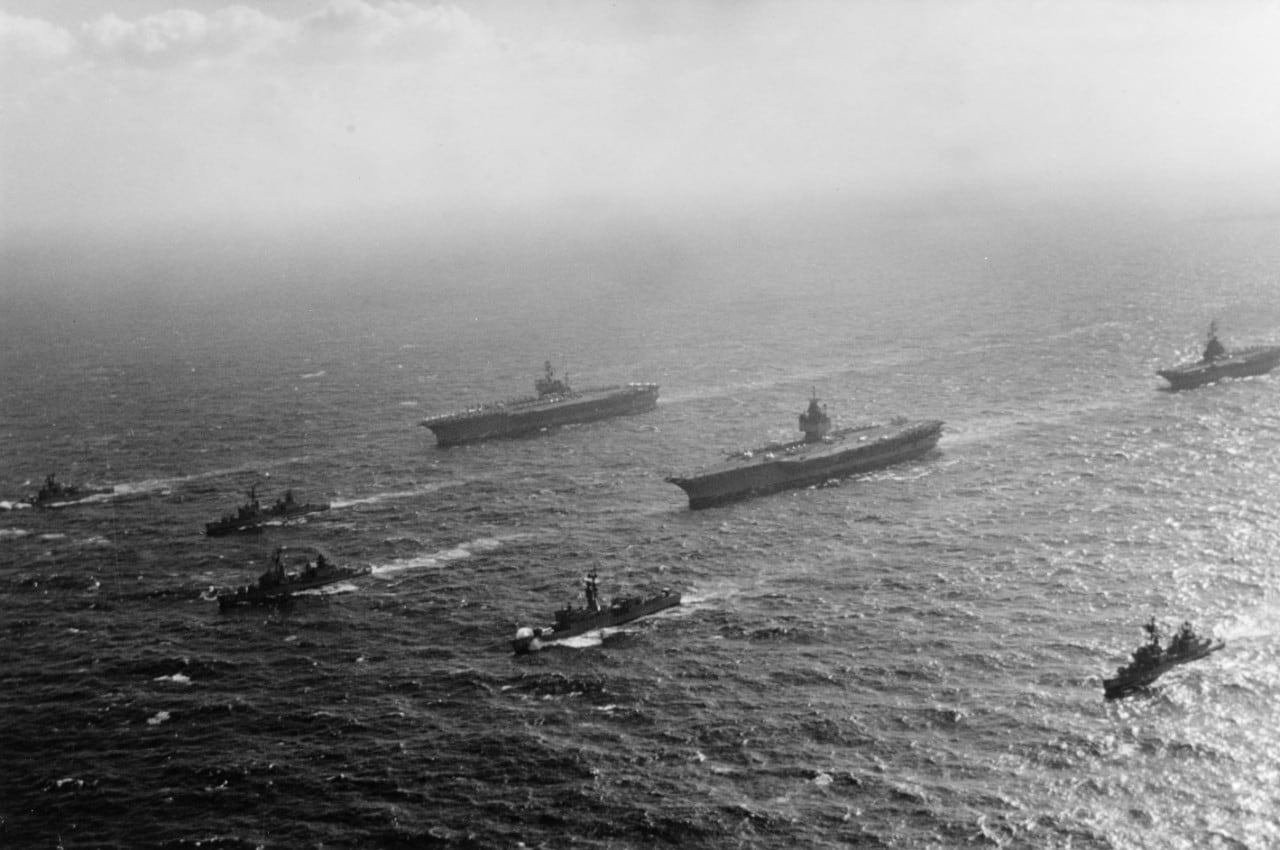
From the outset, the U.S. government planned to deactivate the harbor mines after the desired strategic and diplomatic effects had been achieved.
Between February and July 1973, U.S. ships and aircraft conducted Operation End Sweep, scouring the waters of Haiphong and the other ports to locate all the mines, which were deactivated or purposefully detonated.
The deactivations ended one of the most daring, unexpected and successful actions of the American military involvement in Southeast Asia.
Operation Pocket Money proved to be a critical mission in the history of the war, one carried out with skill, precision and complete synchronization with a presidential speech being given half a world away.
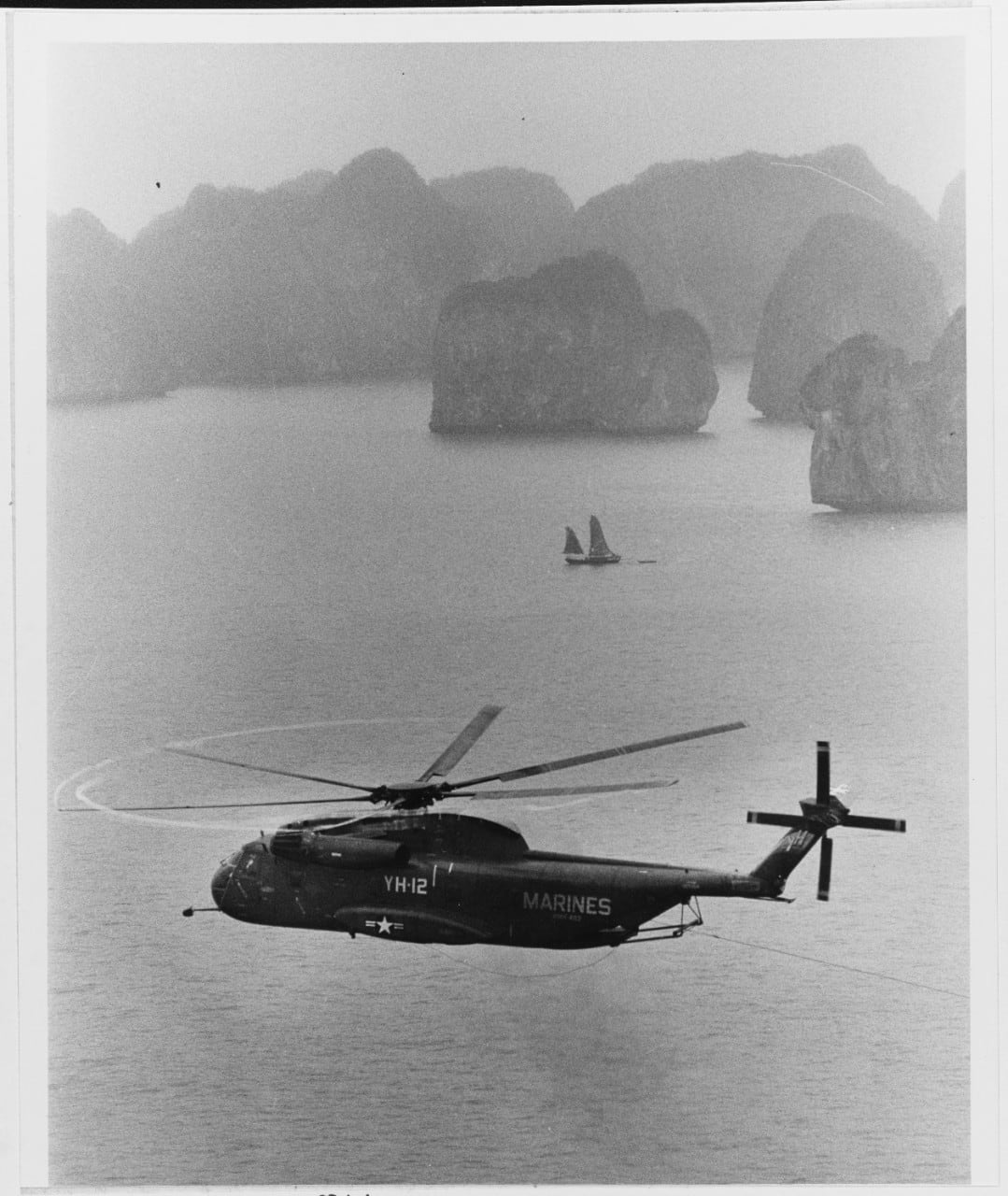
Marcelo Ribeiro da Silva is a Brazilian journalist and military aviation history researcher with a special interest in the Vietnam War and Cold War. He writes for military aviation history magazines in Brazil and abroad.
This article originally appeared in the December 2019 issue of Vietnam magazine, a sister publication of Navy Times.
RELATED
